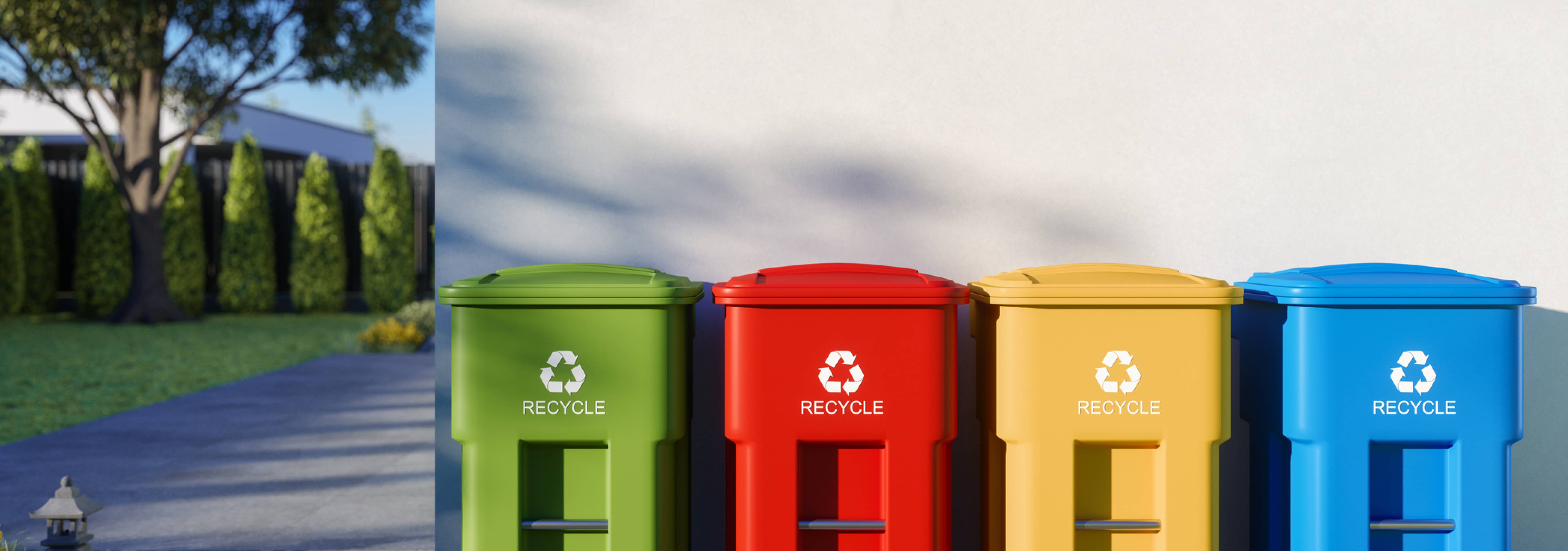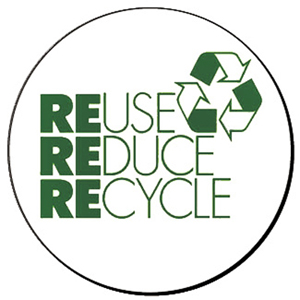Recycling Lives Services: A Complete Remedy for Corporate Recycling
Recycling Lives Services: A Complete Remedy for Corporate Recycling
Blog Article
Exploring Different Sorts Of Waste in Modern Waste Administration Equipment
The contemporary landscape of waste administration involves navigating an intricate selection of waste types, each requiring specialized handling and disposal approaches to alleviate environmental effects. Community strong waste, dangerous waste, electronic waste, and organic waste each existing unique difficulties and chances for resource healing.
Local Solid Waste
Municipal strong waste, commonly described as household garbage or rubbish, encompasses a range of discarded products produced by domestic, industrial, and institutional sources within a municipality. This waste stream commonly includes items such as packaging, food scraps, lawn trimmings, paper, plastics, fabrics, and thrown out home items. The administration of community strong waste is an important component of city planning and public health, demanding efficient collection, transport, and disposal systems.
Efficient waste administration systems are made to minimize ecological influence while making the most of resource healing. Composting organic waste, such as food scraps and backyard trimmings, not just reduces landfill usage but likewise creates useful soil changes.
Municipalities have to additionally attend to the financial and logistical difficulties associated with waste management. Carrying out pay-as-you-throw systems, improving public awareness, and purchasing modern technology can considerably enhance waste diversion prices. By incorporating these methods, districts can cultivate lasting areas, reduce greenhouse gas emissions, and preserve all-natural sources.
Hazardous Waste

Efficient dangerous waste monitoring entails numerous important steps: recognition, segregation, disposal, and treatment. Partition makes sure that unsafe products are kept separately from non-hazardous waste to avoid cross-contamination.
Governing frameworks, such as the Resource Conservation and Recovery Act (RCRA) in the United States, supply guidelines and criteria for unsafe waste administration. Adherence to these guidelines, coupled with developments in waste therapy modern technologies, is necessary in reducing the threats connected with contaminated materials.
Digital Waste
Digital waste, typically referred to as e-waste, stands for a quickly growing obstacle in waste monitoring systems around the world. This sort of waste incorporates disposed of digital tools and equipment such as smartphones, computer systems, televisions, and other digital home appliances. The fast rate of technical development, coupled with decreasing item life expectancies and consumer demand for the most current gadgets, has actually exponentially enhanced the volume of e-waste created annually.
E-waste is specifically bothersome as a result of its complex make-up, typically having hazardous compounds like lead, mercury, and cadmium, which present significant ecological and wellness risks otherwise appropriately taken care of. Conversely, e-waste also has beneficial materials such as copper, silver, and gold, which can be recuperated and recycled. The dual nature of e-waste-- both dangerous and beneficial-- demands specific handling, recycling, and disposal procedures.
Reliable e-waste monitoring entails stringent regulative structures, durable collection systems, and progressed reusing technologies. Public recognition and involvement are critical, as improper disposal methods, such as unlawful discarding and casual recycling, aggravate environmental contamination and health risks. Boosting e-waste monitoring methods is crucial for alleviating environmental impact and recouping beneficial sources in a progressively digital globe.

Organic Waste
Organic waste, comprising cooking area scraps, backyard trimmings, and agricultural residues, represents a significant part of the global waste stream. This kind of waste is naturally degradable, meaning it can be broken down by microbes into less complex organic substances. In spite of its capacity for natural decomposition, improper monitoring of organic waste can bring about damaging ecological impacts, including the discharge of greenhouse gases such as methane, which add to environment change.
Effective management of natural waste is essential for minimizing these environmental impacts (recycling lives services). Composting is an extensively adopted technique, changing organic waste right into nutrient-rich garden compost that can enhance soil health and farming efficiency. Furthermore, anaerobic digestion is an emerging modern technology that converts natural waste into biogas, an eco-friendly energy source, and digestate, which can be used as plant food
Municipalities and waste management entities should carry out robust natural waste collection and treatment programs check my source to take full advantage of the advantages of these procedures. Public education and learning campaigns can also play a pivotal duty in encouraging households and services to different natural waste from other kinds of waste. By prioritizing the management of organic waste, cultures can decrease land fill usage, lower greenhouse gas exhausts, and produce useful by-products for farming usage.

Cutting-edge Waste Management
In the world of waste management, ingenious methodologies are transforming how navigate to these guys societies handle their refuse, going for sustainability and efficiency. These advancements encompass a range of modern technologies and methods that improve recycling prices, decrease garbage dump reliance, and lower ecological effect. One noticeable innovation is the application of smart waste containers geared up with sensing units that keep track of fill levels and maximize collection courses. This not just minimizes fuel intake yet likewise decreases greenhouse gas discharges.
An additional remarkable development is the fostering of waste-to-energy (WtE) innovations. By transforming non-recyclable waste right into functional energy via processes such as incineration and anaerobic food digestion, WtE decreases landfill concern and gives a renewable resource source. Innovations in chemical reusing allow for the breakdown of complex plastics into their initial monomers, enabling the production of new, high-quality plastic items.
In addition, the round economic climate design is getting grip, highlighting the style of products and systems that prioritize reusability and source performance. This all natural method encourages industries to decrease waste generation from the beginning. With these innovative approaches, modern waste monitoring systems are not only dealing with the immediate challenges of garbage disposal but additionally leading the way for an extra sustainable future.
Conclusion
A thorough understanding of local solid waste, contaminated materials, electronic waste, and organic waste, paired with the execution of cutting-edge waste administration solutions, is essential for alleviating ecological impacts. Incorporating technologies such as wise waste containers and waste-to-energy systems can enhance efficiency and sustainability. Reliable waste management strategies not just foster resource recuperation yet likewise advertise public awareness and participation, ultimately contributing to the growth of a round economy.
The contemporary landscape of waste administration involves browsing a complex range of waste kinds, each requiring specialized handling and disposal techniques to reduce ecological effects. Local solid waste, dangerous waste, electronic waste, and organic waste each existing distinctive obstacles and possibilities for source healing.Digital waste, commonly referred to as e-waste, stands for a quickly growing difficulty my sources in waste management systems worldwide. With these cutting-edge methods, modern-day waste management systems are not only attending to the prompt difficulties of waste disposal however additionally leading the way for an extra lasting future.
A comprehensive understanding of municipal solid waste, hazardous waste, digital waste, and organic waste, coupled with the execution of ingenious waste administration solutions, is critical for reducing environmental effects. (recycling lives services)
Report this page